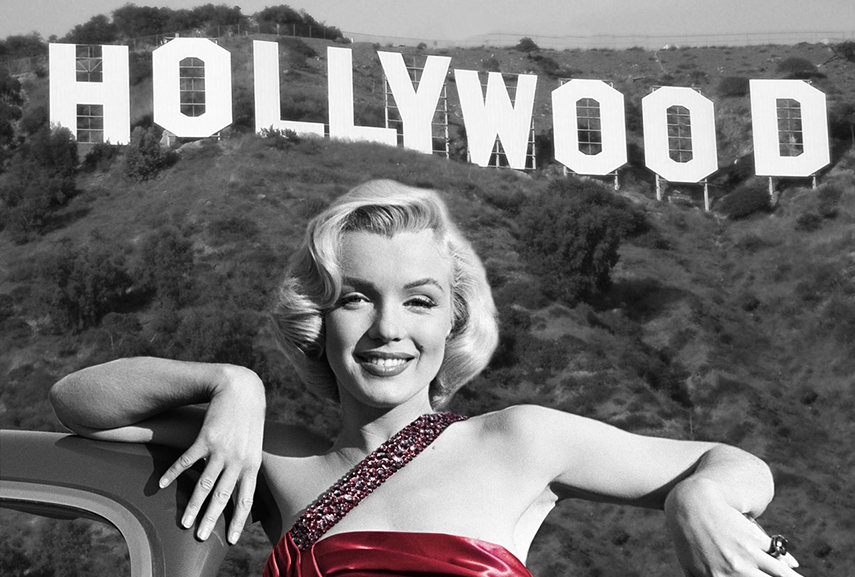Explore the classic films that defined Hollywood’s Golden Age in the 1950s and 1960s, shaping cinema history.
The 1950s and 1960s were transformative decades for Hollywood, producing some of the most iconic films in cinematic history. These years saw a blend of groundbreaking storytelling, stunning performances, and technical innovations that set new industry standards. From sweeping epics to rebellious dramas, the era shaped the future of film.
The Rise of Epic Blockbusters
The 1950s marked the golden era of grand, sweeping epics. Films like Ben-Hur (1959) and The Ten Commandments (1956) captivated audiences with their elaborate sets, large-scale battle sequences, and compelling narratives. These films showcased Hollywood’s ability to transport viewers to historical and mythical worlds, setting the bar for epic filmmaking.
The Birth of Method Acting and Intense Dramas
During this period, method acting gained popularity, led by actors such as Marlon Brando and James Dean. Brando’s performance in A Streetcar Named Desire (1951) and On the Waterfront (1954) redefined acting standards, while Dean’s portrayal in Rebel Without a Cause (1955) resonated with a generation searching for identity. These performances brought a new level of realism and depth to Hollywood storytelling.
The Golden Era of Musicals
Musicals flourished in the 1950s and 1960s, with films like Singin’ in the Rain (1952) and West Side Story (1961) enchanting audiences. These films blended dazzling choreography, unforgettable scores, and engaging narratives, solidifying the musical genre as a Hollywood staple. The influence of these productions can still be seen in modern cinema.
The Emergence of Psychological Thrillers and Film Noir
The late 50s and 60s introduced audiences to groundbreaking psychological thrillers and film noir classics. Alfred Hitchcock dominated this era with masterpieces like Vertigo (1958) and Psycho (1960), which pushed the boundaries of suspense and storytelling. These films left an indelible mark on the thriller genre and inspired countless filmmakers.
Social Commentary and the Changing Face of Cinema
As the 1960s progressed, Hollywood embraced films that reflected social change and cultural shifts. To Kill a Mockingbird (1962) addressed racial injustice, while Dr. Strangelove (1964) satirized Cold War anxieties. These films signaled a shift in Hollywood’s priorities, moving toward narratives that engaged with real-world issues and challenged societal norms.
Conclusion
Hollywood’s Golden Age of the 1950s and 1960s was a period of artistic innovation, genre-defining classics, and unforgettable performances. The films of this era continue to inspire and influence modern cinema, proving that great storytelling and masterful filmmaking transcend generations.

